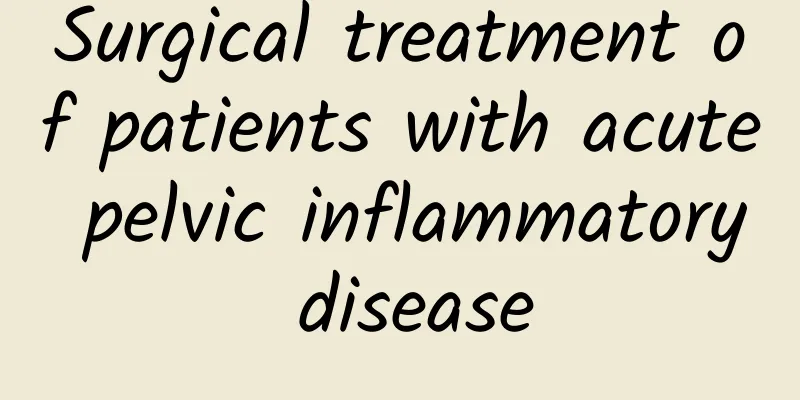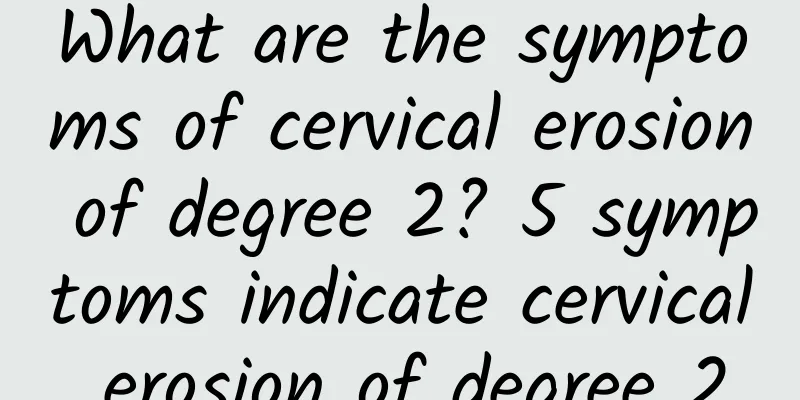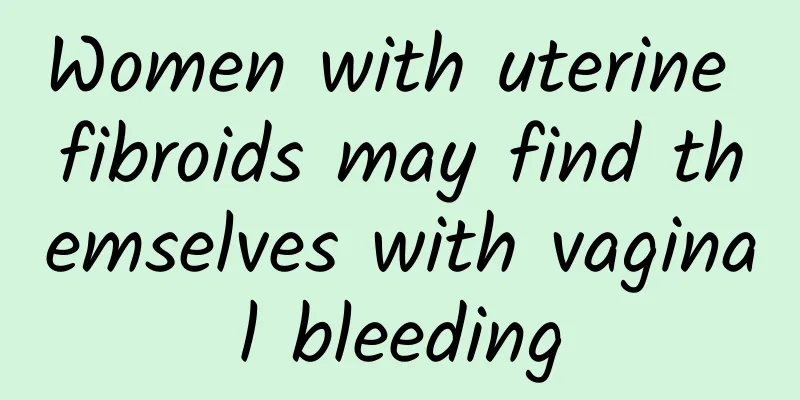Surgical treatment of patients with acute pelvic inflammatory disease

|
If acute pelvic inflammatory disease is not treated promptly, it may develop into chronic pelvic inflammatory disease. Patients with acute pelvic inflammatory disease should undergo surgical treatment if drug treatment is ineffective, abscess ruptures, fallopian tube pyosalpinx or fallopian tube-ovarian abscess occurs. Indications for surgery in patients with acute pelvic inflammatory disease Ineffective drug treatment: If the body temperature of patients with acute pelvic inflammatory disease continues to rise after 48 to 72 hours of drug treatment, or if the patient's poisoning symptoms worsen or the mass increases, surgery should be performed promptly to avoid abscess rupture. Pyroses in the fallopian tube or tubo-ovarian abscess: The patient's condition improves after drug treatment. After continuing to control the inflammation for several days, if the lump still does not disappear but has become localized, surgical removal should be performed to avoid another acute attack in the future that still requires surgery. Abscess rupture: If the patient suddenly has worsening abdominal pain, chills, high fever, nausea, vomiting, abdominal distension, and obvious abdominal tenderness or signs of toxic shock during examination, it should be suspected that the abscess has ruptured and an immediate laparotomy is required. Surgical treatment of patients with acute pelvic inflammatory disease Surgery can be performed through the abdomen or laparoscopy according to the patient's condition. The scope of surgery should be based on the extent of the lesion, the patient's age, general condition, etc., with the main focus being on removing the lesion. Young women should try their best to preserve ovarian function, with conservative surgery as the main approach; for older women, those with bilateral adnexal involvement or repeated adnexal abscesses, total hysterectomy and bilateral salpingo-oophorectomy should be performed; the scope of surgery for extremely debilitated and critically ill patients must be determined based on specific circumstances. |
<<: What are the common causes of adnexitis?
>>: What are the examinations for patients with ovarian crown cysts?
Recommend
Can vaginitis be cured?
Can vaginitis be cured? Vaginitis is the most com...
Why do I have my period early?
What happens when menstruation comes early? If me...
Will taking emergency contraceptive pills cause ectopic pregnancy?
Will taking emergency contraceptive pills cause e...
How to relieve menstrual back pain
How to relieve menstrual back pain? Menstrual low...
Can I get pregnant if I have vaginitis?
Can I get pregnant if I have vaginitis? 1. If the...
Will fallopian tube adhesions affect menstruation?
Tubal adhesions will not affect menstruation, but...
What medicine is effective for cervical inflammation of the second degree?
What medicine is effective for cervical inflammat...
Things to note in daily life after abortion
Artificial abortion is what people often call abo...
Can menopause be cured?
The pace of life of women nowadays is very differ...
Symptoms of pelvic inflammatory disease in women can cause lower abdominal distension
Experts say that the symptoms of pelvic inflammat...
What is the difference between vulvar leukoplakia and Behcet's disease? Treatment of Behcet's disease and leukoplakia
Behçet's disease and vulvar leukoplakia are t...
How to tell if you are approaching menopause
How to tell if you are approaching menopause? Usu...
How to check for bacterial vaginosis
Some people are usually very curious, why unmarri...
How to take care of uterine effusion
How to take care of uterine effusion? Many people...
A waist that is too thick may increase the risk of metabolic syndrome! 4 tips to protect your waistline, slim waist and win big prizes
A waist that is too thick may increase the risk o...









